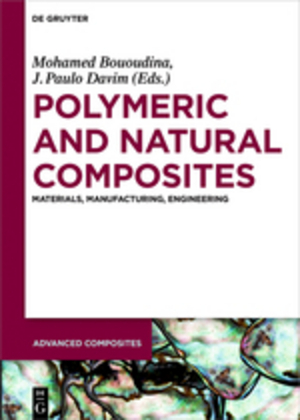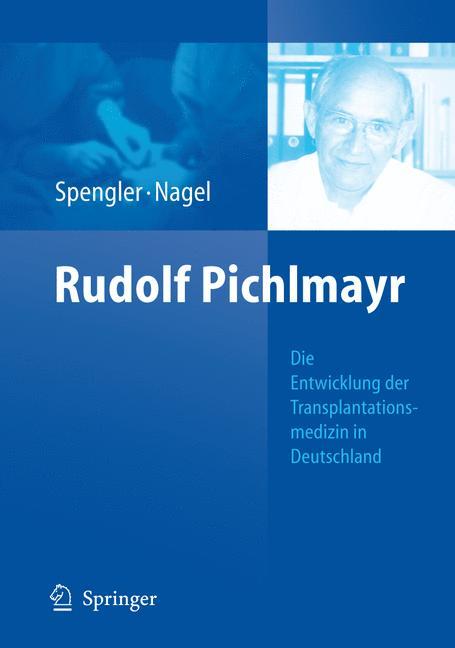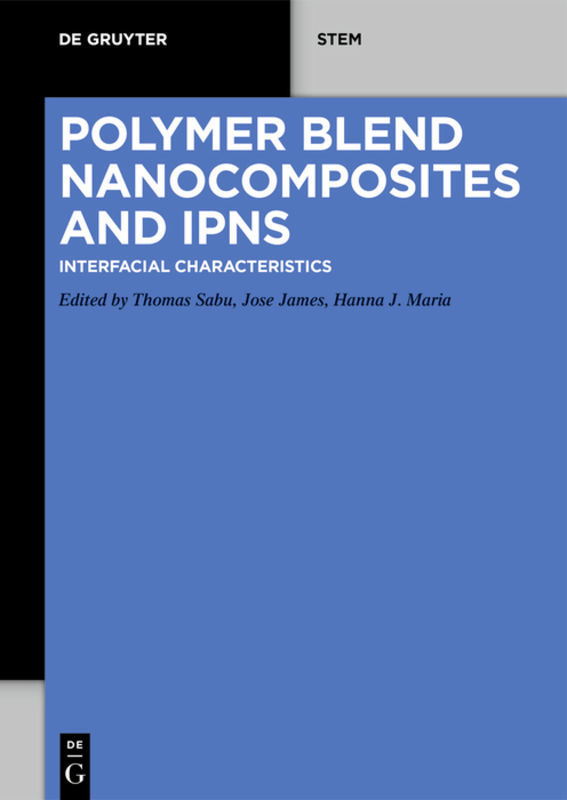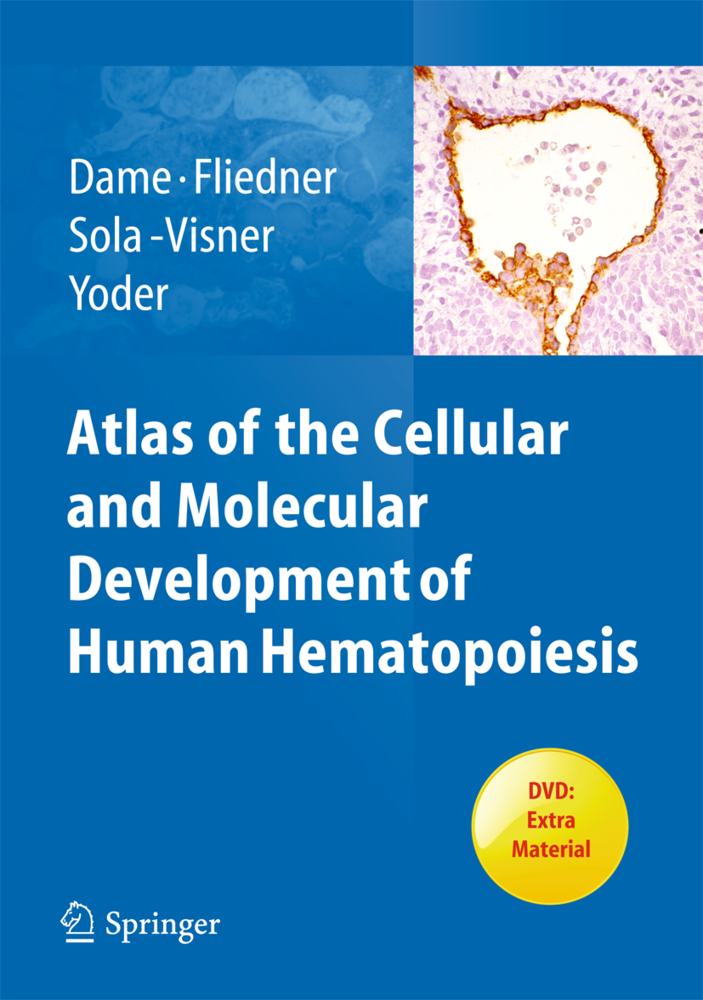Mastering Scientific and Medical Writing
A Self-help Guide
This self-help guide is intended for scientists and medical professionals and students who wish to improve their scientific writing skills. Exercises invite the reader to practice the most important aspects of scientific writing. Although the book addresses certain issues more troublesome to scientific communicators of a non-English language origin, the guide will be of equal benefit to those whose first language is English. If you want not only to write but to write well, this book is for you.
This second edition takes into account new developments in the area of scientific communication. In particular, the importance of authenticity is addressed, drawing attention to the sensitive issue of plagiarism in scientific texts.1;Preface;6 2;About the Author ;8 3;Acknowledgments;10 4;Contents;12 5;1: Introduction;16 6;2: Good Versus Poor Scientific Writing: An Orientation;18 6.1;2.1 What Is "Good" Scientific Writing?;18 6.2;2.2 The Plain Language Movement;19 6.3;2.3 The Baso Pyramid of Scientific Writing;20 6.3.1;2.3.1 Baseline;21 6.3.2;2.3.2 Style;21 6.3.3;2.3.3 Opinion;21 6.4;2.4 Common Myths and Misconceptions;22 6.4.1;2.4.1 What Are Myths and Misconceptions?;22 6.4.2;2.4.2 Long and Complicated Sentences;23 6.4.3;2.4.3 Misusing or Wasting Specific and Generic Terms;23 6.4.4;2.4.4 Reluctance to Use First-Person Pronouns Leading to Overuse of Passive Voice;24 6.4.5;2.4.5 Tendency to Turn Sharp and Powerful Verbs into Weighty Nouns;24 7;3: Words and Units: Orthography and Punctuation;25 7.1;3.1 Correct Spelling;25 7.1.1;3.1.1 Getting Words Right;25 7.1.2;3.1.2 Using Spell Checkers;26 7.2;3.2 Consistent Spelling: American English Versus British English;26 7.3;3.3 Punctuation;27 7.3.1;3.3.1 Proper Use of Punctuation Marks;27 7.3.2;3.3.2 Hyphens and Word Division;27 7.3.3;3.3.3 Punctuation Marks Indicating Emotion;29 7.3.4;3.3.4 Parentheses and Brackets;29 7.3.5;3.3.5 Periods in Titles and Academic Degrees;30 7.3.6;3.3.6 Apostrophes in Contractions;31 7.3.7;3.3.7 Nonbreaking Spaces and Hyphens;31 7.4;3.4 Shortened Word Forms in Scientific Writing;32 7.4.1;3.4.1 Types of Abbreviations;32 7.4.2;3.4.2 True Abbreviations;33 7.4.2.1;3.4.2.1 Latin Abbreviations;33 7.4.3;3.4.3 Units of Measurement;33 7.4.4;3.4.4 Acronyms and Initialisms;35 7.4.5;3.4.5 Contractions;35 7.4.6;3.4.6 Suspensions;36 7.5;3.5 Numbers;36 7.5.1;3.5.1 Expressing Numbers in Scientific Texts;36 7.5.2;3.5.2 Formats of Numbers;37 7.5.3;3.5.3 Ranges of Numbers;38 7.5.4;3.5.4 Percentages;38 7.6;3.6 Capitalization;39 7.6.1;3.6.1 Use of Capitals in Scientific English;39 7.6.2;3.6.2 Capitals in Proper Nouns (Names);39 7.6.3;3.6.3 Capitals in Titles;40 7.6.3.1;3.6.3.1 Capitalizing Hyphenated Compound Words in Titles;40 7.6.4;3.6.4 Capitals in Designations;41 7.6.5;3.6.5 Capitals in New-Age Words;41 8;4: Forming Sentences: Grammar;42 8.1;4.1 Why Battle with Grammar?;42 8.2;4.2 The Tenses in Scientific Reporting;43 8.3;4.3 Joining Statements;45 8.3.1;4.3.1 How Can the Joining of Words or Statements Cause Confusion?;45 8.3.2;4.3.2 Nonparallel Verbs;46 8.3.3;4.3.3 Nonparallel Modifiers;47 8.3.4;4.3.4 Nonparallel Prepositional Phrases;48 8.4;4.4 Subject-Verb Agreement;48 8.4.1;4.4.1 Using the Correct Verb Forms;48 8.4.2;4.4.2 Special Nouns;50 8.4.3;4.4.3 Collective Nouns;50 8.4.4;4.4.4 The Rule of Meaning;51 8.4.5;4.4.5 Verb Matching with "None" and the "Neither-Nor" Linkage;52 8.5;4.5 Syntax (Order of Words);53 8.5.1;4.5.1 Modifying Phrases;53 8.5.2;4.5.2 Position of Adverbs in Sentences;54 8.5.3;4.5.3 Position of Prepositions in Sentences;55 8.6;4.6 Dangling Participles (and Other Danglers);56 8.6.1;4.6.1 What Are Danglers?;56 8.6.2;4.6.2 Dangling Participles;56 8.6.3;4.6.3 Dangling Gerunds;58 8.7;4.7 The Relative Pronouns "Which" and "That";58 8.8;4.8 Use of "Respectively";59 8.9;4.9 Plurals of Abstractions and Attributes;60 9;5: Putting It Nicely: Style;61 9.1;5.1 What Is "Style" in the Context of Scientific Writing?;61 9.2;5.2 Active Versus Passive Voice;62 9.2.1;5.2.1 Why Argue About Active/Passive Voice?;62 9.2.2;5.2.2 Shifting Emphasis by Choosing the Voice;62 9.2.3;5.2.3 The Verb "To Be" in Copula Formulations;63 9.3;5.3 Overuse of Prepositions;63 9.4;5.4 Limiting Modifiers and Other Decorative Words;65 9.4.1;5.4.1 Excessive Adjectives, Adverbs, and Nouns;65 9.4.2;5.4.2 Modifier Strings;66 9.5;5.5 The "House Style" of Journals;67 9.6;5.6 Company-Internal Conventions of Style and Format;68 10;6: Redundancy and Jargon: Focusing on the Essentials;70 10.1;6.1 Redundancies in Scientific Reporting;70 10.2;6.2 Double Negatives;71 10.3;6.3 Tautology (Repeated and Redundant Words);71 10.4;6.4 Doubling Prepositions;72 10.5;6.5 Jargonized Writing;73 10.6;6.6 Oxymorons;74 11;7: Quoting Published Material:
Rogers, Silvia M.
| ISBN | 9783642394461 |
|---|---|
| Artikelnummer | 9783642394461 |
| Medientyp | E-Book - PDF |
| Auflage | 2. Aufl. |
| Copyrightjahr | 2014 |
| Verlag | Springer-Verlag |
| Umfang | 116 Seiten |
| Kopierschutz | Digitales Wasserzeichen |










